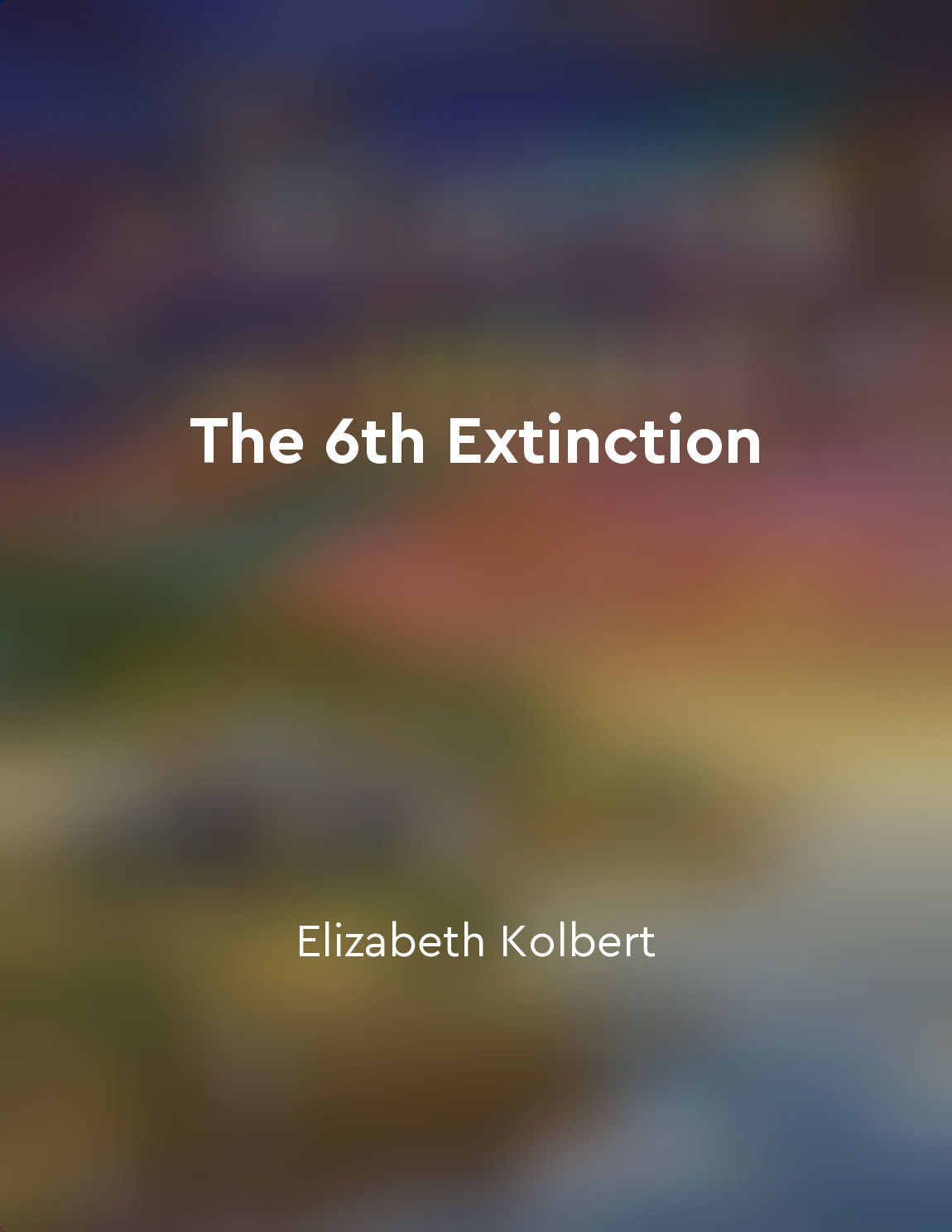Existing borders restrict natural migration patterns from "summary" of The Next Great Migration by Sonia Shah
When humans draw lines on a map, they are not just marking territory; they are also creating barriers that disrupt the flow of life. Animals, plants, and even microbes have been migrating for millions of years, following the rhythms of the Earth and the changing conditions of the planet. But when humans erect fences, walls, and other boundaries, they impede these natural migration patterns. These restrictions have devastating consequences on the environment. For example, animals that used to roam freely across vast landscapes are now confined to isolated pockets of habitat, leading to inbreeding, loss of genetic diversity, and ultimately, extinction. Similarly, plants that once dispersed seeds over long distances are now trapped in fragmented habitats, unable to adapt to changing climates or diseases. But ...Similar Posts
National policies impact global dynamics
National policies play a crucial role in shaping global dynamics. The decisions made by individual countries have far-reaching ...
Selborne is a village in Hampshire
Selborne, that village where I dwell, is situated in the county of Hampshire, a place of peace and tranquility. Surrounded by r...
The Anthropocene is a proposed new epoch
The idea that we are living in a new geological epoch, the Anthropocene, is gaining traction among scientists and scholars. Thi...

Scientists are working to understand and combat the extinction crisis
Scientists are on the front lines of the battle against the extinction crisis, working tirelessly to unravel its complexities a...
Recognizing the intrinsic value of all beings
The recognition of the intrinsic value of all beings is a fundamental shift in our perception of the world around us. It requir...
Anthropocene defines human impact on Earth
The Anthropocene is a term that has gained traction in recent years to describe the current geological age, characterized by th...
Collaboration is essential for effective conservation
The interconnectedness of all living things is a fundamental truth that cannot be ignored. In the intricate web of life, every ...
Climate change is a threat to human civilization as we know it
The idea that climate change poses a danger to human civilization may sound like hyperbole, the stuff of science fiction or dis...
Protecting ecosystems for future generations
The idea of safeguarding ecosystems for the benefit of generations yet to come is a crucial concern in today's world. By preser...
History serves as a mirror through which we can reflect on our past and envision our future
In the vast tapestry of human history, we find a reflection of our past actions and decisions. Through the lens of history, we ...
